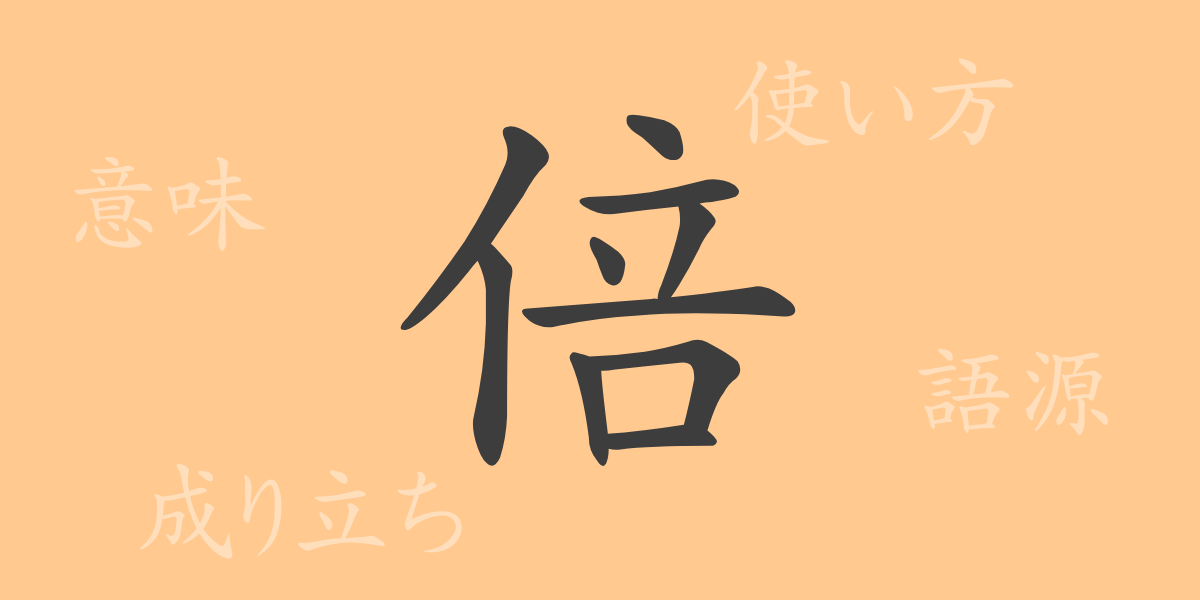Japanese culture is rich in nuance and depth, with Kanji characters serving as a symbol of this complexity. Each Kanji carries its own meaning and history, contributing to the profound expressions found in the Japanese language. In this article, we will focus on the commonly used Kanji “濃 (のう)”, exploring its origins, meanings, and usage in daily life.
Origins of “濃 (のう)”
The Kanji “濃” is composed of the radical “氵 (さんずい)”, which represents water, and “農 (のう)”, which signifies richness or density. This combination reflects the idea of concentration or depth, particularly in liquids. In ancient China, the word “濃” was used to describe fertile lands rich in water, and it evolved to signify a state of density or concentration.
Meanings and Usage of “濃 (のう)”
“濃” refers to a high concentration of something, such as a thick liquid, a deep color, or a rich flavor. It appears frequently in everyday conversation, in phrases like “濃い味 (こいあじ)” for strong flavors or “濃い色 (こいいろ)” for deep colors. It is also used metaphorically to describe deep relationships or intense emotions.
Reading, Stroke Count, and Radical of “濃 (のう)”
The Kanji “濃” has specific readings and characteristics related to its form and meaning.
- Readings: On’yomi “ノウ”, Kun’yomi “こい”
- Stroke Count: 16 strokes
- Radical: 氵 (さんずい), representing water
Idioms, Proverbs, and Phrases Using “濃 (のう)”
Here are some examples of idioms, proverbs, and phrases that include the Kanji “濃”.
- 濃厚 (のうこう): Very rich in content or flavor.
- 濃淡 (のうたん): The contrast between light and dark, thick and thin.
- 濃紺 (のうこん): A very deep navy blue color.
- 濃霧 (のうむ): Extremely dense fog.
- 濃縮 (のうしゅく): The process of concentrating a liquid by reducing its water content.
These expressions showcase the richness of the Japanese language.
Conclusion on “濃 (のう)”
The Kanji “濃” extends beyond simply indicating strong colors or flavors; it also conveys the depth of emotions and relationships. Its usage in Japanese is diverse, depending on the context, and reveals the depth and complexity of the language. Through this exploration, we hope you gain a deeper appreciation of the meanings and cultural significance embedded in each Kanji, enhancing your enjoyment of the Japanese language.

























